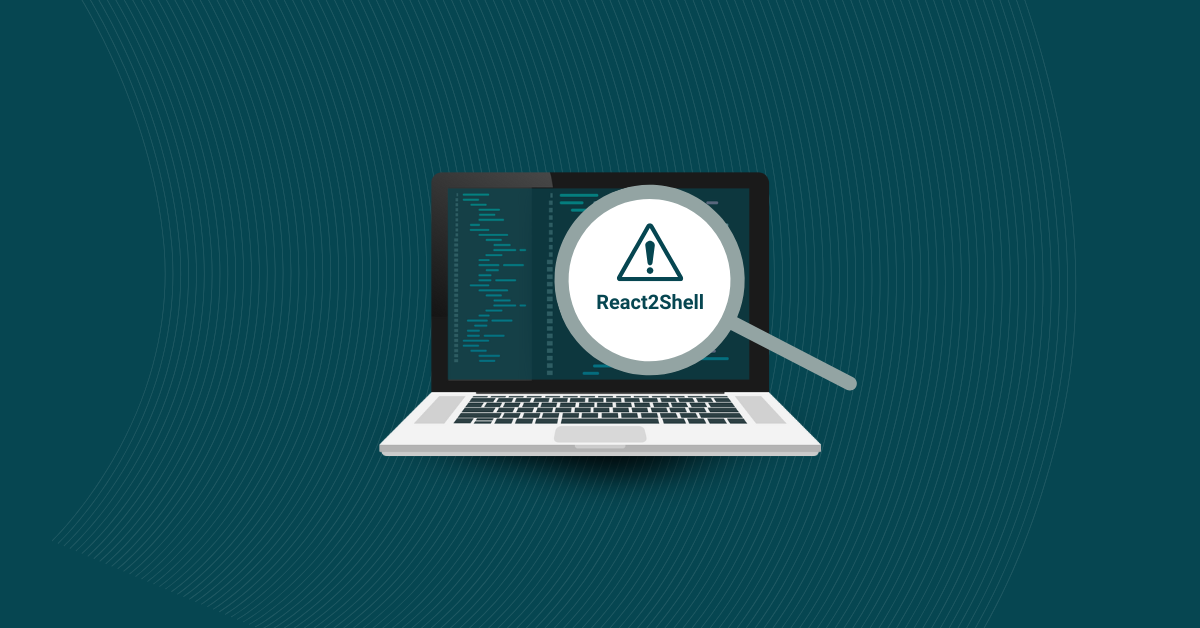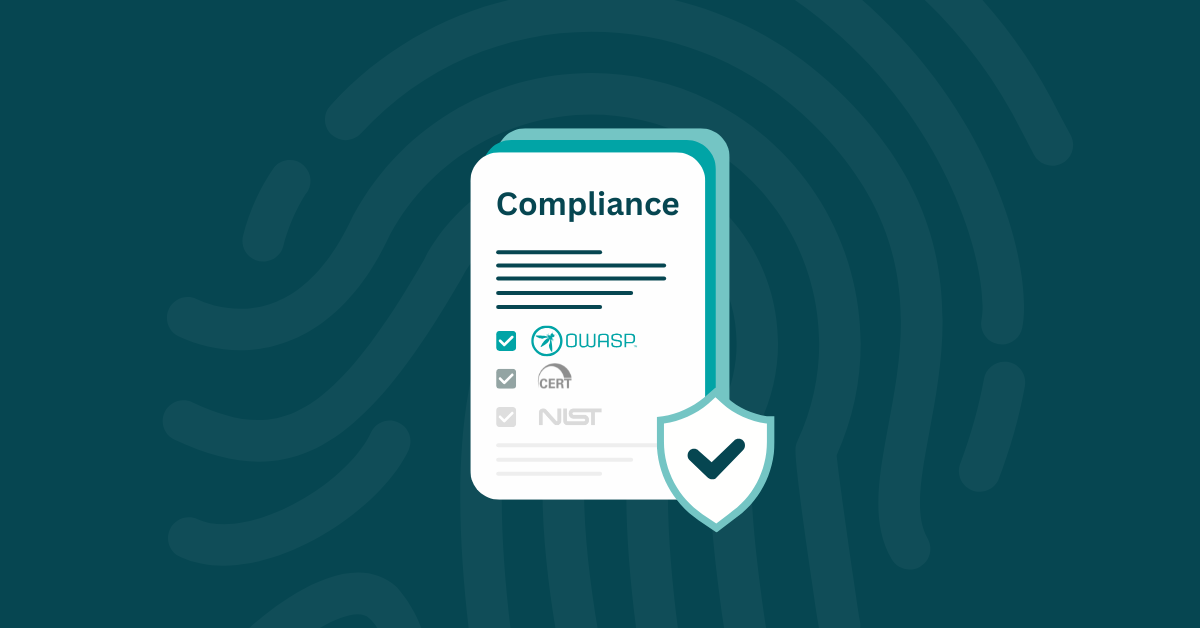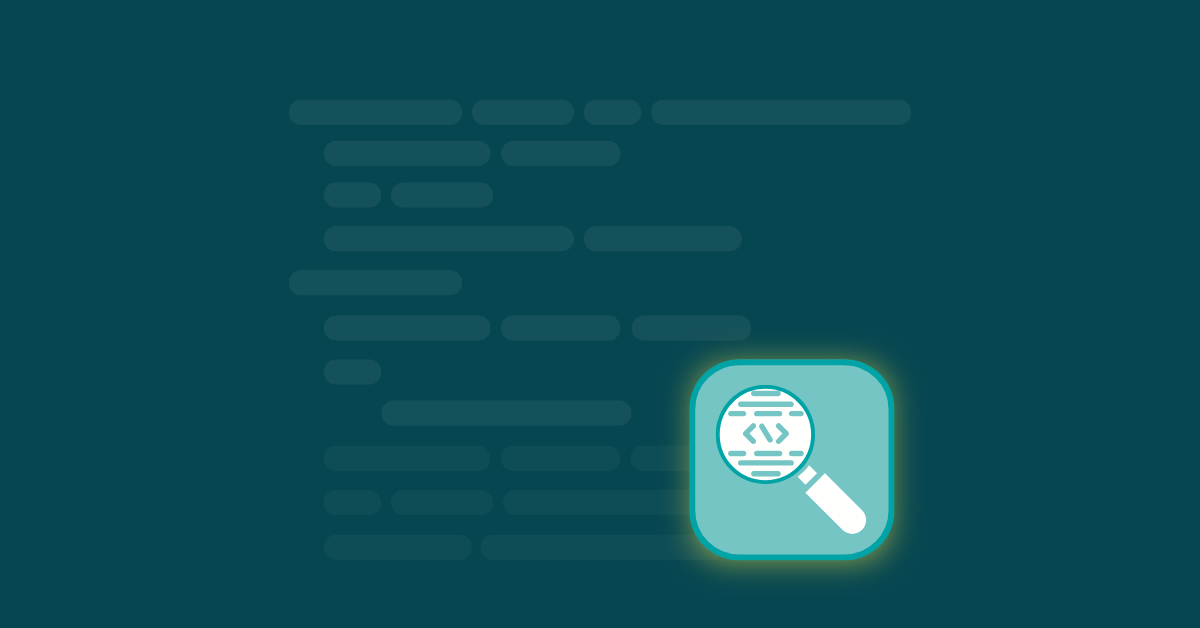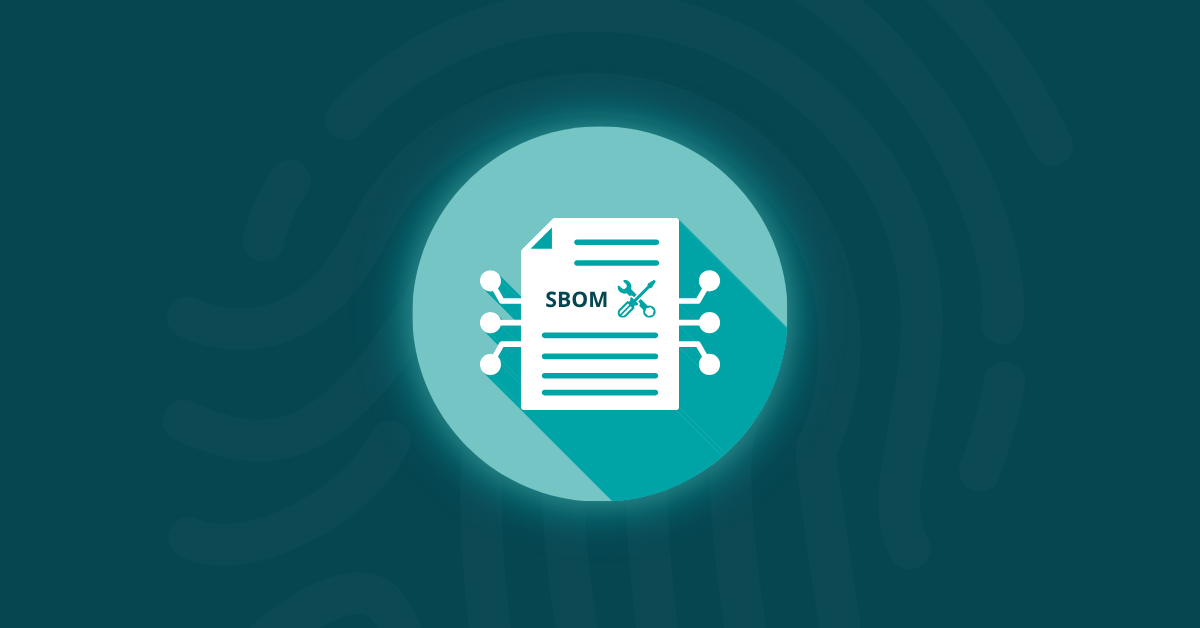

Your development team likely follows coding guidelines to help write clean, maintainable code, but that alone won’t keep attackers out. Secure coding standards provide formal, documented rules to defend against the most common cyber threats.
Secure coding standards go beyond conventional coding guidelines and best practices. While coding guidelines typically aim to improve code quality, readability, and maintainability, secure coding standards exist to minimize security vulnerabilities. They often align with regulatory and industry frameworks, making it easier to meet compliance goals while improving security posture. The primary coding frameworks are:
Platform-specific guidelines, such as those for Microsoft .NET, can support secure coding but are not formalized coding standards like those provided by OWASP or CERT.
Secure coding standards help shift application security left in the software development lifecycle (SDLC), making security an early part of development rather than a final checkpoint. This strengthens your processes, reduces risk, and enables you to release software with fewer security-related issues. Key benefits include:
Secure coding standards identify and remediate vulnerabilities by applying the necessary security requirements at the outset of the SDLC. This results in a more thorough and ingrained approach to vulnerability remediation, leading to fewer security issues in the future.
With fewer late-stage bugs to resolve, your DevSecOps team can move forward with their build at a steadier pace, having less technical debt to address later on. The improved efficiency lets your team deploy your product sooner than other companies, giving you a competitive edge.
In 2024, the average data breach cost companies approximately USD 4.88 million. Secure coding standards reduce the risk of breaches by eliminating common vulnerabilities early, resulting in fewer disruptions, uninterrupted operations, and protection from costly fallout.
Protecting customer data is essential for building trust. In fact, 95% of organizations report that customers won’t buy from them if they don’t feel their data is secure, making strong coding security policies a business imperative.
Secure coding standards are also critical for meeting compliance requirements. Regulations such as the Health Insurance Portability and Accountability Act (HIPAA), the General Data Protection Regulation (GDPR), and the Payment Card Industry Data Security Standard (PCI DSS) require organizations to protect sensitive data and mitigate security risks. While these regulations may not mandate specific coding frameworks, standards like OWASP and CERT are widely used to demonstrate compliance by addressing the types of vulnerabilities these regulations aim to prevent.
The secure coding practices your team adopts will largely depend on the framework you follow. Each framework serves a distinct purpose—from language-specific rules to high-level governance—and may be better suited to particular industries or development environments.
The OWASP Foundation exists to improve software security through community-driven standards. The OWASP Secure Coding Practices – Quick Reference Guide is a handy tool that provides a practical, language-agnostic checklist for teams seeking to improve their application security processes.
OWASP also details the Top 10 Web Application Security Risks, enabling teams to prioritize their cybersecurity efforts. The list is expected to be updated sometime in 2025, but as of 2021, the top web application vulnerabilities are:
The OWASP Code Review Guide also helps teams implement the recommendations put forth in the framework. However, this technical book can be challenging to follow without practical training or tool integration, so consider leveraging an application security specialist to navigate the Code Review Guide.
Developed by the Software Engineering Institute (SEI) at Carnegie Mellon University, SEI CERT focuses on preventing low-level coding errors and undefined behavior. Standards are available for specific languages, including C, C++, Java, and Perl, and are structured into rule categories such as MSC (Miscellaneous), EXP (Exceptions), and MEM (Memory). Each rule or recommendation is labeled by severity and enforceability, enabling teams to prioritize remediation effectively. These rules are organized into language-specific categories, such as:
Whether it’s input validation to guard against cross-site scripting (XSS) attacks or implementing the principle of least privilege and multi-factor authentication (MFA), the rules and recommendations in the SEI CERT framework help DevSecOps teams adopt the security protocols that can shield their applications from the most common cyber attacks.
NIST provides multiple standards and frameworks to help organizations with their application security and software governance. NIST SSDF is a high-level framework for integrating security throughout the SDLC, allowing policymakers and executives to align their software infrastructure with current government regulations. NIST’s SSDF is especially relevant for organizations complying with Executive Order 14028 or those working with U.S. federal contracts.
As a high-level framework, the SSDF emphasizes outcomes over implementation methods. The executive summary explains:
“The SSDF does not prescribe how to implement each practice. The focus is on the outcomes of the practices rather than on the tools, techniques, and mechanisms used to achieve them. This means that the SSDF can be used by organizations in any sector or community, regardless of size or cybersecurity sophistication. It can also be used for any software development, regardless of technology, platform, programming language, or operating environment.”
Because it leaves implementation details open, the SSDF is particularly useful for CISOs, compliance leaders, and risk managers seeking to enhance software supply chain security. It can be paired with more technical frameworks, such as NIST SP 800-53, OWASP, or SEI CERT, to address specific security controls and coding practices.
ISO/IEC 27034 is the international standard for application security management. A subset of the broader ISO 27000 family, it’s often used for formalizing your application security processes, including crafting a set of secure coding policies that enhance your current security measures while achieving your business goals.
ISO/IEC 27034 is broken into six components to guide teams in their AppSec operations. They are:
Its comprehensive nature makes ISO/IEC 27034 the globally recognized standard for application security. Therefore, large enterprises seeking to comply with international regulations often use this framework to govern code security processes.
Even with the right frameworks, teams must be intentional about applying secure coding standards across the SDLC. The following steps will help you translate those standards into day-to-day development practices, strengthening security and building confidence in every release.
Begin by identifying how each framework aligns with the phases of your software development lifecycle. High-level frameworks, such as NIST SSDF, are best suited to the early stages—such as planning and design—when teams define security requirements, conduct threat modeling, and prioritize risks.
As you move into the development phase, more technical frameworks such as SEI CERT provide detailed guidance for secure coding practices, including:
Install security checkpoints throughout the SDLC, conduct frequent code reviews, and use Static Application Security Testing (SAST) tools during development to detect and remediate issues early and often.
Your secure coding standards must be well-documented, accessible, and actionable for your team to adopt them effectively. Organize your guidelines by language, role, or system type so developers can quickly find what’s relevant. Use clear formatting, examples, and inline explanations where helpful.
Update documentation regularly to reflect changes in your threat models, tech stack, or application architecture. As your environment evolves, your coding standards should mature with it.
Automation is key to scaling secure coding practices and reducing human error. Integrate SAST tools and rule-based scanners into your build pipelines to automatically flag violations. Use Software Composition Analysis (SCA) to detect vulnerabilities and license risks in third-party code.
Where possible, configure your tools to enforce standards aligned with OWASP, CERT, or internal security policies. Automating these checks ensures that security becomes an integral, continuous part of the development process.
Even the best standards won’t stick without team buy-in and understanding. Invest in ongoing training that translates your secure coding standards into practical, real-world skills. Offer hands-on labs, role-specific modules, and code walkthroughs tailored to developers, reviewers, and architects.
Consider certification paths and gamified learning to promote engagement, reinforce good habits, and encourage upskilling. Well-trained teams write more secure code and are more confident, productive, and aligned with your broader security goals.
Secure coding standards form the foundation for resilient and compliant software. You can enhance code quality and your broader application security environment and software governance infrastructure by supporting them with automation, training, and measurable enforcement.
Kiuwan is a leader in code security and application development. Kiuwan Code Security is a SAST solution that aligns with key frameworks, including CWE, OWASP, PCI DSS, CERT, and SANS, helping DevSecOps teams enforce secure coding standards.
Kiuwan Insights is an SCA tool that reduces risk from third-party components, supports license compliance, and helps maintain an accurate Software Bill of Materials (SBOM). The result? Stronger standards-based security, improved compliance, and a faster, more reliable release process. Request a free demo of Kiuwan today to see how our solutions can help you operationalize secure coding standards.
Secure coding standards are a set of guidelines and best practices that application developers follow to build secure systems from the ground up. They define how to write, test, and deploy code that reduces vulnerabilities during the software development cycle. By embedding security mechanisms such as encryption, input validation, and the principle of least privilege, organizations can significantly reduce the risk of data breaches, downtime, and compliance violations.
They work by minimizing the attack surface and ensuring that common weaknesses—like unvalidated inputs, insecure configurations, or weak cryptographic functions—are eliminated before an application is deployed. For example, sanitizing data from untrusted sources can stop SQL injection or XSS attacks, while proper error handling ensures attackers don’t gain valuable information from error conditions. This proactive approach prevents vulnerabilities rather than patching them after a breach.
While the exact list varies by industry, some universal practices include input validation, strong authentication and authorization, secure communication, encryption of sensitive data, and regular security testing. Application developers should also use vetted cryptographic functions, follow the principle of least privilege, and sanitize all inputs from untrusted sources. Incorporating these secure coding standards into your workflow ensures consistent protection across projects.
Cryptographic functions protect sensitive data by encrypting it in storage and during transmission. They are integral to the core security mechanisms that ensure confidentiality and integrity. Instead of building encryption from scratch, developers should utilize well-tested, industry-standard libraries and adhere to best practices for key management. This helps avoid implementation flaws that could compromise secure systems.
Input validation ensures that only correctly formatted and expected data enters your system. By validating format, length, and data type and sanitizing data from untrusted sources, you reduce the risk of injection attacks, buffer overflows, and other code exploits. It’s one of the simplest yet most effective secure coding standards for preventing vulnerabilities early in the software development cycle.
Secure coding standards should be reviewed and updated at least annually, or sooner if there are significant changes in the threat landscape, compliance requirements, or underlying technology. Regular updates ensure that your security mechanisms keep pace with evolving attack methods and that all application developers are working from the most current guidance.
Static application security testing (SAST) tools, dynamic testing platforms, dependency checkers, and code review automation can all help enforce secure coding standards. Solutions like Kiuwan can analyze your code for security flaws, vulnerabilities, check compliance, and provide actionable remediation steps, ensuring your software development cycle includes security from start to finish.
Many regulations, such as GDPR, HIPAA, and PCI DSS, require proof that your applications are built using security best practices. Following secure coding standards provides documented evidence of due diligence. This not only improves security posture but also helps organizations avoid fines, reputational damage, and operational disruptions.
Yes. Even small teams can adopt secure coding standards by starting with foundational practices such as input validation, secure communication, and proper error handling. Leveraging automation tools, code review checklists, and security education can help maintain secure systems without overwhelming limited resources.
Kiuwan offers automated code analysis, vulnerability detection, and compliance checks for secure coding standards. It can integrate directly into your software development cycle, scanning for insecure code patterns, outdated libraries, and poor security configurations. With prioritized remediation advice, application developers can quickly resolve issues and maintain robust security mechanisms over time.


